How Rohan Park From Old Young’s Is Reshaping The Way We Approach Flavour
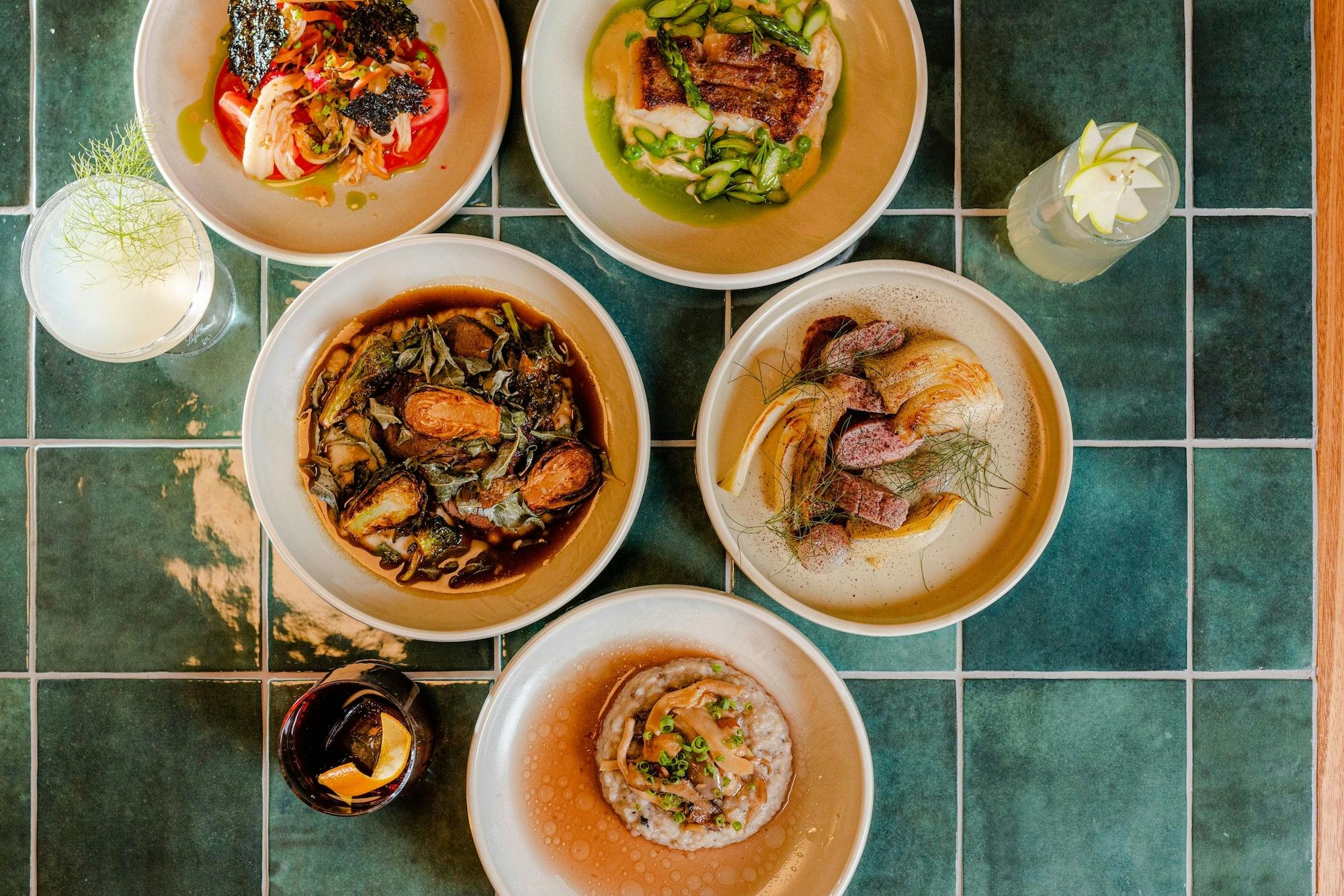
Having honed his craft at some of the best restaurants and eateries in the state, Chef Rohan Park has spent years learning from the very best. But it’s his uniquely personal approach to produce that really sets his work at Old Young’s Kitchen apart. From growing 30 different types of Australian native ingredients on the property to pairing Australian botanicals with boutique gins, Old Young’s Kitchen has become far more than an eatery: it’s a restaurant format for the future.
We chatted to Rohan about the journey to being named WA’s ‘Best New Talent’ by Gourmet Traveller, the growing importance for chefs to have a green thumb and how fermentation can not only reduce food waste but create all new flavours unlike anything we’ve tasted before.
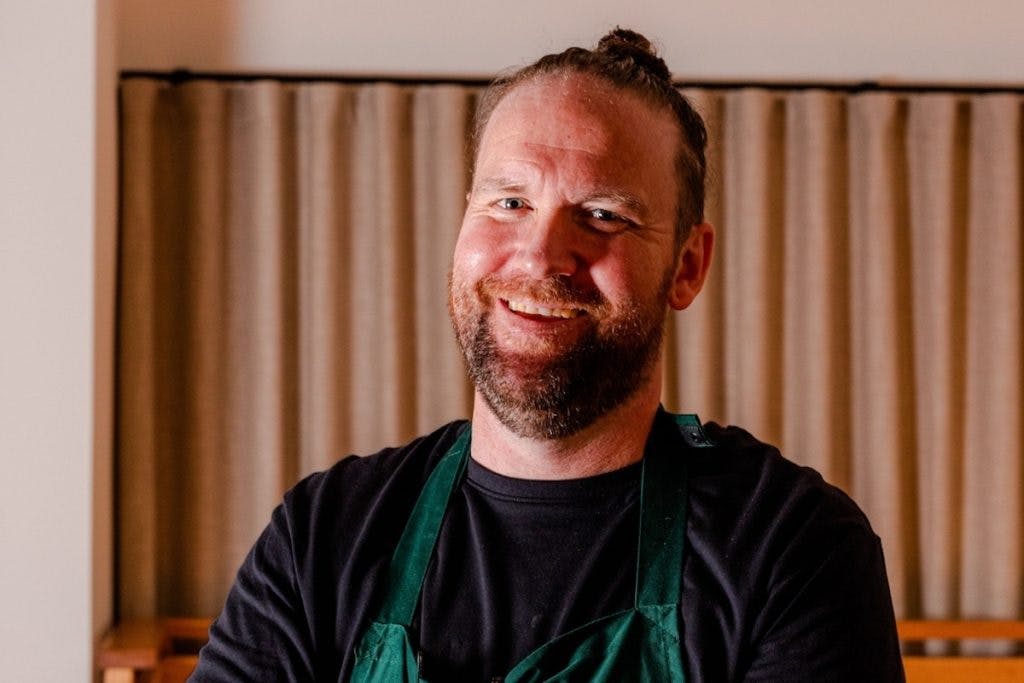
Can you tell us a bit about the time you spent boarding in the Swan Valley during High School?
After spending most of my high school years in Kununurra and Broome I came down to Perth to complete my schooling in the city. The boarding house was the old Swanleigh lodgings on the Swan River in Middle Swan. It was literally a stone’s throw away from my now partner Caroline Taylor’s home where she grew up and also started her career as a chef at the arthouse and café her family owned at the time. It’s all a bit serendipitous. I never could’ve known in year 1 or 12 that I’d one day find myself cooking in the Swan Valley.
So you didn’t see yourself ending up as a chef?
No, I fought against it. My mum was a food scientist, my mum’s mum was a cooking lecturer and my great grandfather was a pastry chef – a very highly regarded pastry chef. [Cooking] is well and truly in my blood. I did a couple of years on the mines and learnt very quickly that money didn’t make me happy. I was spending most of my money on eating at places like Fraser’s and Gala – I wonder if anyone remembers Gala in Applecross, that place was epic. By the time I’d spent all of my money on Le Creuset pans, Wüsthof knife sets and dining out, I realised that [cooking] was actually for me.
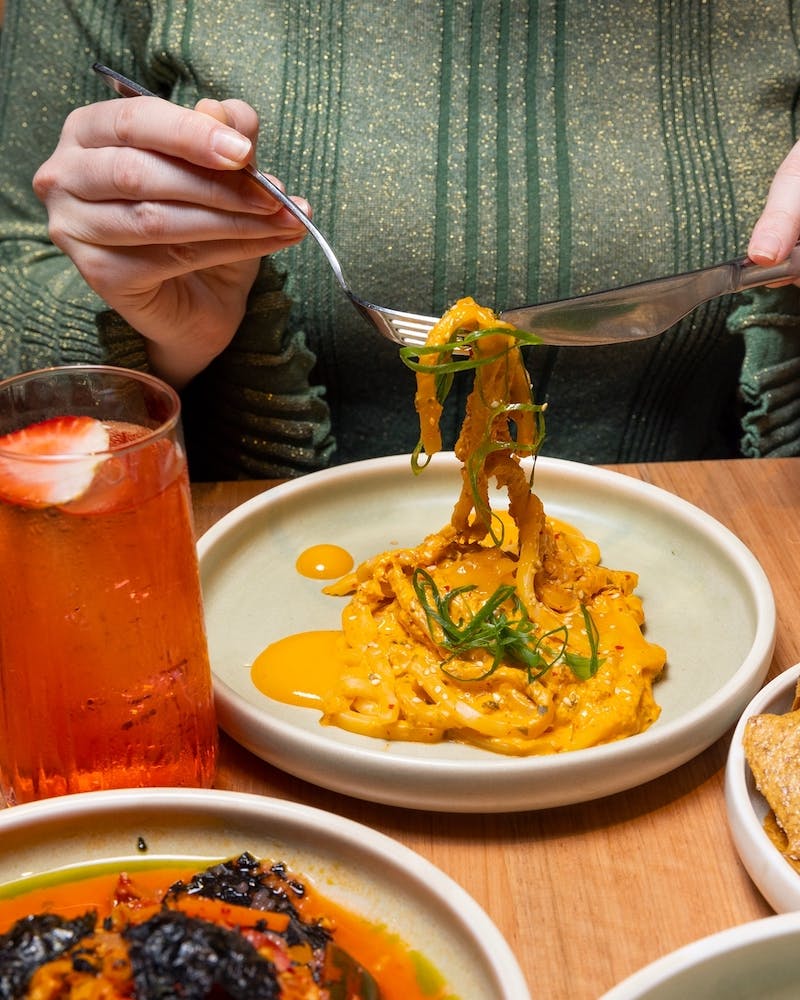
You’ve described your time with roaming pop-up Fervor as a ‘second apprenticeship’, what was it during this time that made you fall in love with Australian native ingredients?
While working across the whole south west region at so many amazing venues and with so many high-calibre chefs, I’d started to be exposed to them. At the time I was renting on a 60ha winery with plenty of bushland on private property. Being it was a private property, I knew I could begin exploring the world of foraging.
I began to experiment with the wild leeks and a lot of the edible flowers but also the staples like wattleseed and lemon myrtle. When I started with Fervor I learnt about 15 new ingredients in my first week. These were foods that I’d never even thought about or tasted before. That was just mindblowing.
There were two that really stood out to me. Number one: Quandong, it absolutely wrecked me. It was salty, bitter, sweet, sour. Quandong totally changed my palette and the way I chose to balance foods. The other game changer was Geraldton wax. It just amazed me that this ingredient that’s been in my garden, my mum’s garden, my nan’s garden… One of my earliest memories I have was running around in the back garden with these waxy flowers everywhere. I never knew that the leaves were edible and that the amazing flavour they impart was just sitting there completely un-utilised. Now it’s one of my go-to’s. A lot of ‘native’ foods have some manner of salty, bitter or astringent flavours to them. It’s up to us as chefs to learn to balance them with the rest of the dish.
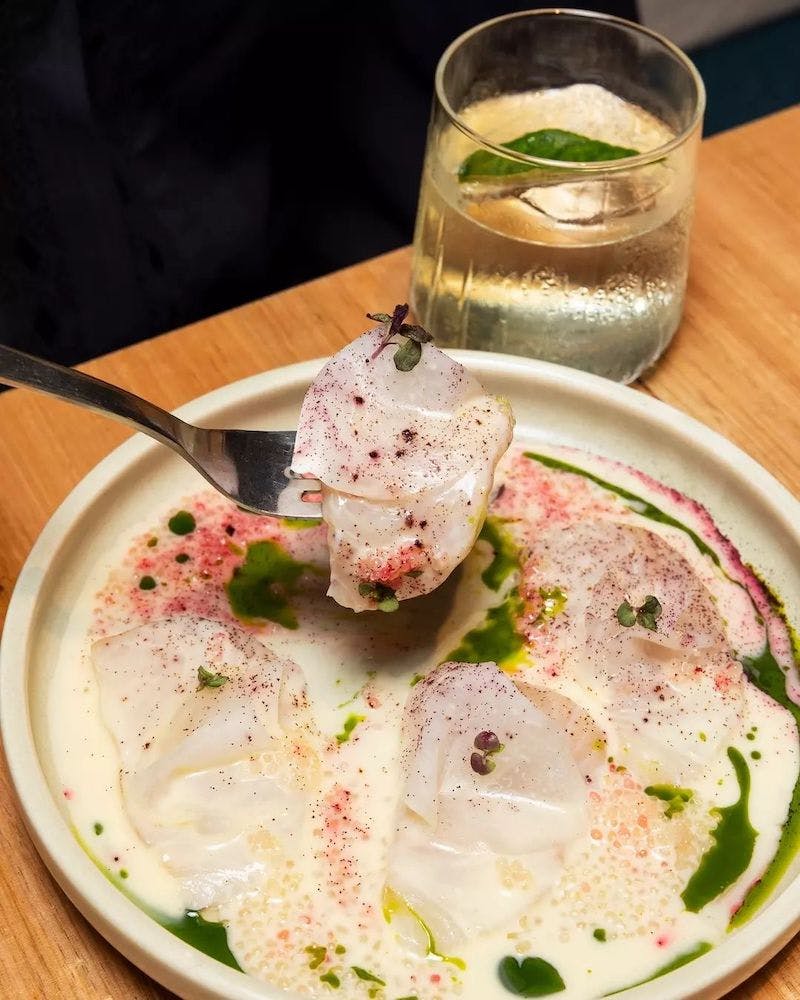
How important to you is it to make these ingredients more accessible to the public?
The use of native and aboriginal ingredients on my menu isn’t just because they taste good. First of all, not all of these ingredients are really ‘native’. A lot of these ingredients are more endemic to areas in New South Wales and Tasmania and therefore are native/aboriginal to those regions. These ingredients have been around for thousands of years and have been used for many various reasons – not just for cookery or because they’re ‘yummy’.
My aim is to give some acknowledgment to the owners of the lands of which this produce comes from and source these ingredients ethically and with respect. I source from First Nation’s owners and make sure that those profits are going to the right places. Aunty Dale – down at Maalinup Gallery – helps me source ingredients like the bush tomatoes from South Australia and the pepperberries from Tasmania. I know that that money is going directly to the ladies that are picking the produce for me. We’re talking about 60,000 years of culture here. I want to make sure that every cent I give is going to the people that are giving us these amazing ingredients. If people are heading home and seeking out these ingredients to use at home then that’s a bonus to me. It’s about education, acceptance, respect, acknowledgment and moving forward as a country.
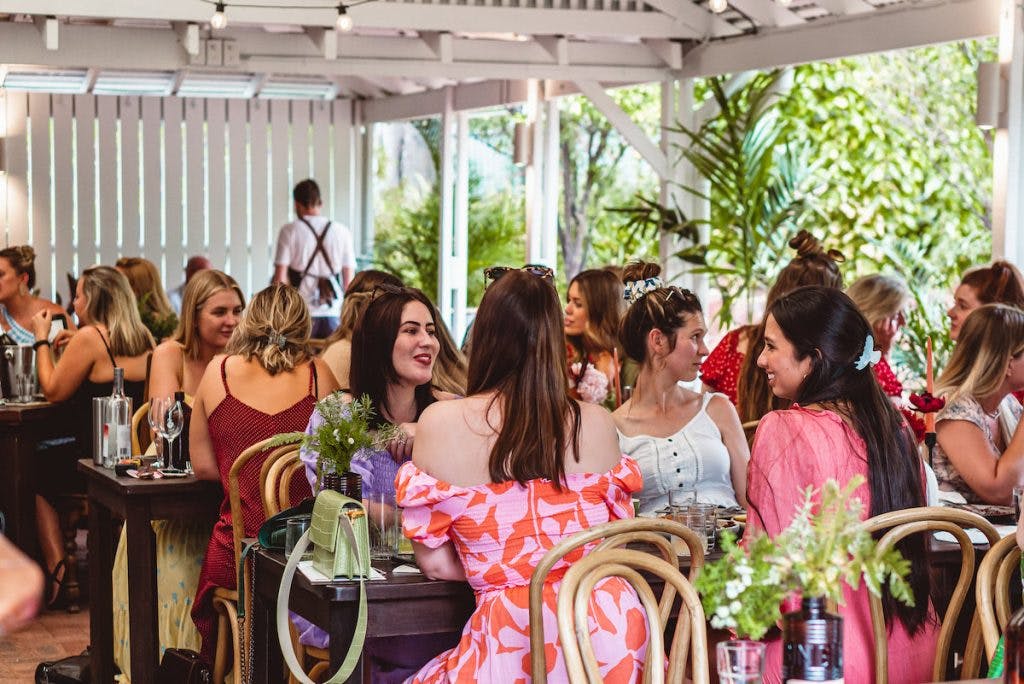
How would you suggest newcomers approach the menu at Old Young’s Kitchen?
With an open mind and a huge appetite. Hopefully thirsty too. Old Young’s Kitchen is an extension of Old Young’s Distillery. We are a brand led business and we have amazing gins and vodkas. The food is just an extension of that and that puts me under a lot of pressure because the booze is so good. I try to keep the menu as accessible to as many demographics as I can while also remaining obscure enough to please the most discerning and curious of palettes.
Old Young’s Kitchen’s menu features ingredients from the kitchens gardens. Do you think it’s important for chefs to have a green thumb these days?
One hundred percent. When we started rejigging the previous venue the first thing I did was have my friend Mark Tucek from Tucker Bush come in, design and curate the gardens for us. Everything from saltbush to Geraldton wax, blue lily pillies, macadamia, native lemongrass, three different types of wild mint… I could go on. We have at least 20 to 30 native/aboriginal ingredients growing in total across the property. I wouldn’t say it’s important for chefs to have a green thumb these days, I’d say its capital letters: S. M. A. R. T. With the current financial climate and the protein shortages across the world it’s an important trick to have up our sleeves. It keeps food costs down, business viability up and also challenges us as chefs to create more plant-based foods that are just as delicious as – but not as reliant on – animal products. Beyond smart, I think it’s essential at the moment to use any tricks that we can. It’s also nice to get the chefs out of the kitchen and into the garden, into the fresh air and to see how these ingredients grow first hand.
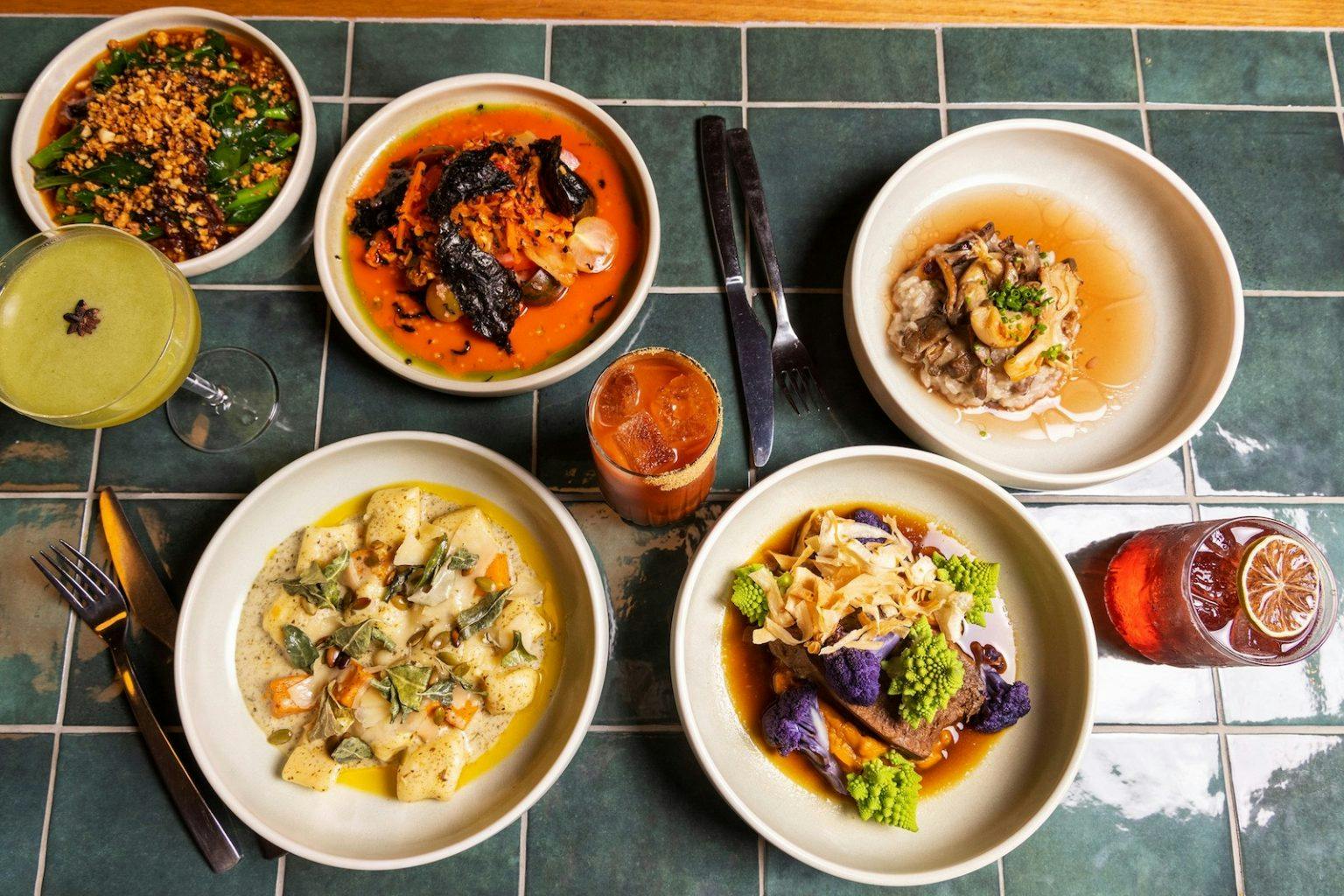
Fermentation – in particular koji – plays a big role in how you build flavour at Old Young’s Kitchen. Do you think fermentation has become an essential part of creating an interesting and flavourful menu?
A lot of people are using shio koji across menus as a baseline umami flavour. Shio koji is a secondary lacto-wet ferment but to actually grow the [koji] itself is a whole other thing. It’s taken me years of learning, watching and practising to actually wrap my head around it. I learnt a lot from Paul [Iskov] at Fervor from his time at Noma. It took a lot of time to get to where I was comfortable putting it on the menu. Because it’s not just about knowing when its right, it’s also knowing when it’s wrong, knowing when it’s safe and that you’re not going to make anyone sick. There’s so much to learn. Playing with ferments is a huge passion of mine but not just with koji. I enjoy playing around with lacto fruits and vegetables which help to flavour a lot of our dishes, like in our vegan kimchi which utilises our five day fermented shio koji. We’re also utilising mushroom waste to do our – I like to think it’s getting a name for itself – ‘tasty paste’.
Our friends over at Pezzano’s really look after us with ‘unsaleable’ fruits which I also ferment. At this stage we’re moving into spring with a delicious new pork dish which uses a ‘rescued’ stone fruit purée. I don’t like anything going to waste. Even a few lettuce leaves or an endive, I’ll ferment it and find a place for it somewhere. I also use our koji to make our misos. I’ve got about five going at the moment. I recently processed a pumpkin and anise myrtle purée that’s been going since February and there’s two more [misos] behind that. I’ve also got three garums going at the moment. Currently we’re serving our emu egg white garum which I’ve got to say is one of the best I’ve done so far. I’ve got a scallop and bacon garum behind that and four big jars of parmesan husk amino sauce. Koji is not only a great baseline source of umami it’s also an amazing way to utilise any waste. Pairing all of this with First Nation’s ingredients – as well as anything French, Nordic, Japanese and/or Korean – we’re left in a very fortunate position to be creating and serving flavour profiles that no one has ever experienced before.
Can you tell us a bit about the importance of Old Young’s gin throughout the menu and how it can highlight botanicals and the unique elements of the Swan Valley?
That’s exactly right. I haven’t actually used the gin in any of my cooking processes because its already such a beautiful product. Drinking it is certainly the best way to enjoy it. The Six Seasons Gin is the reason I’m here. That one was created with Yoda [Paul Iskov] and Aunty Dale Tilbrook in conjunction with our founder James Young. It has Geraldton wax, desert lime, sea parsley – a lot of the ingredients I like to use already.
Subscribe to our free newsletter!
I’m lucky enough to be able to use the botanicals themselves to pair with dishes but also utilise the spent botanicals from the distillation process which still have plenty of flavour in them. There’s coriander seed, Tuscan juniper and like I said Geraldton wax, desert lime and sea parsley. I dehydrate them to use in crumbs, in brines and even as a smoking medium. That’s the challenge: to come up with flavours that compare and contrast against the botanicals of the gin.
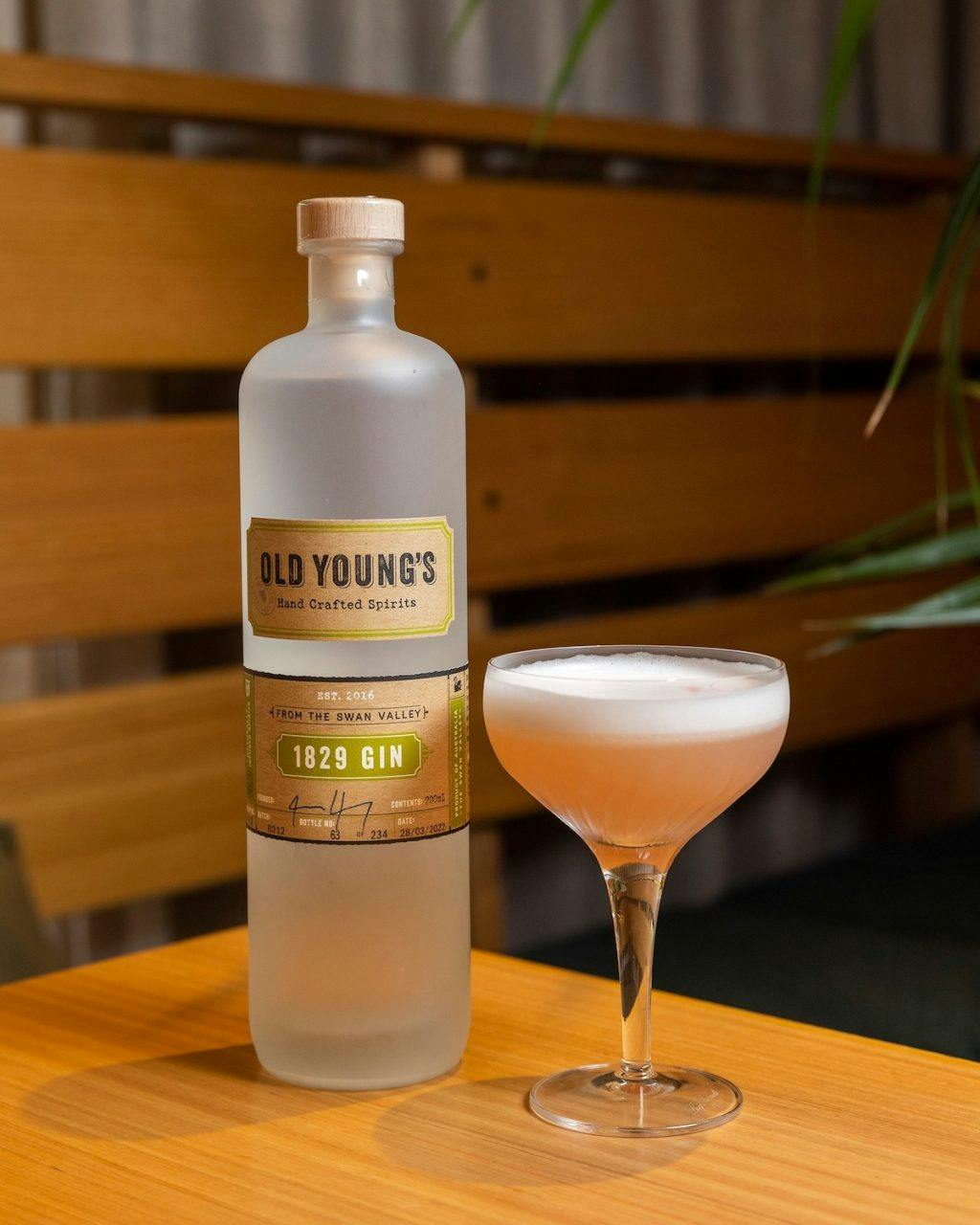
How did it feel to have your hard work acknowledged by being nominated as WA’s ‘Best New Talent’ by Gourmet Traveller?
Certainly overwhelming at first. I’m very proud to be WA’s ‘Best New Talent’ for Gourmet Traveller – that’s a serious publication. You’ve got people coming off domestic and international flights being handed out these magazines. I’m proud to be taking not only our food but our venue into that international market. I was a bit blown away and a bit shell shocked at first, but proud and very humble. There’s always the imposter in the back of your head saying, ‘One day everyone’s going to realise that you don’t know how to cook.’
It was all very surprising and unexpected but I was filled with a great sense of pride to be in the same room with people like Neil Perry, Ben Shewry and Shannon Martinez – who won ‘Restaurant Personality of the Year’. It’s just filled me with so much pride while being incredibly humbling.
Old Young’s Kitchen is located at 10581A West Swan Rd in Henley Brook and is open 11am-5pm Thursday-Monday.